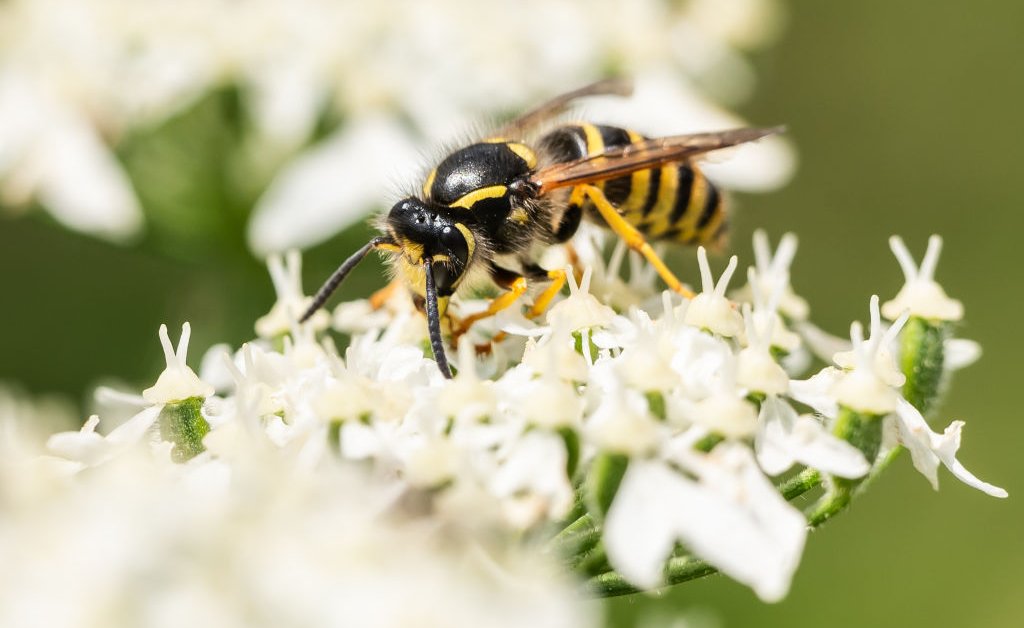Summer Bugs and Climate Change: What to Expect
The summer months bring sunshine, vacations, and… a surge in insect populations. But climate change is altering the familiar patterns of insect activity, creating new challenges for public health and ecosystems. This article explores the evolving relationship between summer bugs and a changing climate, detailing what we can expect in the years to come.
Rising Temperatures: A Bug's Best Friend (Maybe)?
Warmer temperatures are extending the breeding seasons for many insects. This means longer periods of pest activity, leading to increased crop damage, more frequent bites and stings, and a greater potential for disease transmission. Species that were previously limited to specific geographic regions may now thrive in areas where they were previously uncommon, disrupting existing ecosystems.
- Increased Mosquito Populations: Mosquitoes, carriers of diseases like Zika, West Nile virus, and malaria, are highly sensitive to temperature. Warmer temperatures accelerate their breeding cycle and expand their habitat range, posing a significant threat to public health, especially in areas not previously affected.
- Tick-Borne Diseases on the Rise: Similarly, ticks, vectors for Lyme disease and other illnesses, are benefiting from milder winters and warmer summers. Their increased activity and expanded range increase the risk of human exposure.
- More Aggressive Insect Behavior: Higher temperatures can also lead to more aggressive insect behavior, with increased biting and stinging activity.
Changes in Rainfall Patterns: A Double-Edged Sword
Changes in rainfall patterns also play a significant role. While some insects thrive in wet conditions, others struggle. Prolonged droughts can reduce insect populations, but intense rainfall events can create breeding grounds for disease-carrying insects. The unpredictability of rainfall makes it difficult to predict the overall impact on insect populations.
- Increased Flooding: Heavy rainfall can lead to flooding, creating ideal breeding grounds for mosquitoes and other insects that thrive in stagnant water.
- Drought Conditions: Conversely, prolonged drought can lead to a decrease in insect populations, potentially impacting pollination and food security.
The Impact on Ecosystems and Agriculture
The shifts in insect populations have far-reaching consequences for ecosystems and agriculture. Changes in the abundance and distribution of pollinating insects, such as bees, can directly impact crop yields and biodiversity. Increased pest pressure on crops can lead to economic losses and increased reliance on pesticides.
- Pollinator Decline: While some insect populations are booming, others, particularly pollinators, are facing serious challenges due to habitat loss, pesticide use, and climate change. This decline threatens food security and ecosystem stability.
- Agricultural Impacts: Increased pest infestations can lead to significant crop losses, impacting food prices and food security globally. Farmers may need to adapt their practices to manage these new challenges.
What Can We Do?
Addressing the challenges posed by climate change and its impact on insect populations requires a multi-pronged approach:
- Reduce Greenhouse Gas Emissions: The most effective way to mitigate the impacts of climate change on insects is to reduce greenhouse gas emissions through sustainable practices.
- Improve Pest Management: Develop and implement sustainable pest management strategies that minimize reliance on harmful pesticides.
- Protect and Restore Habitats: Conserving and restoring natural habitats provides crucial resources for insect populations and helps maintain ecosystem balance.
- Public Health Measures: Increase public awareness and implement effective public health measures to reduce the risk of insect-borne diseases.
The changing relationship between summer bugs and climate change is a complex issue with significant implications for human health and the environment. By understanding these changes and taking proactive measures, we can work towards a more sustainable future. For further information on climate change and its impact on insects, explore resources from the [link to reputable source, e.g., EPA, WHO]. Stay informed and be prepared for the evolving landscape of summer bugs in the years to come.

